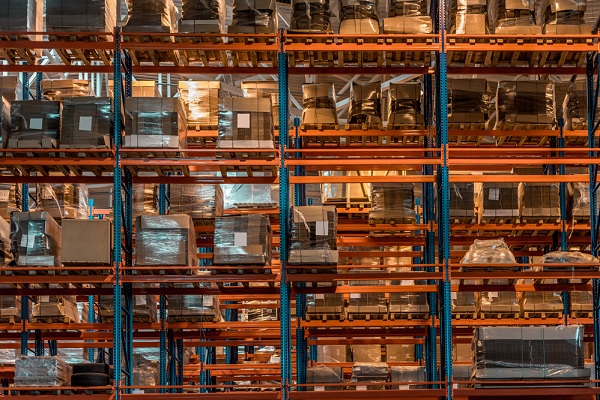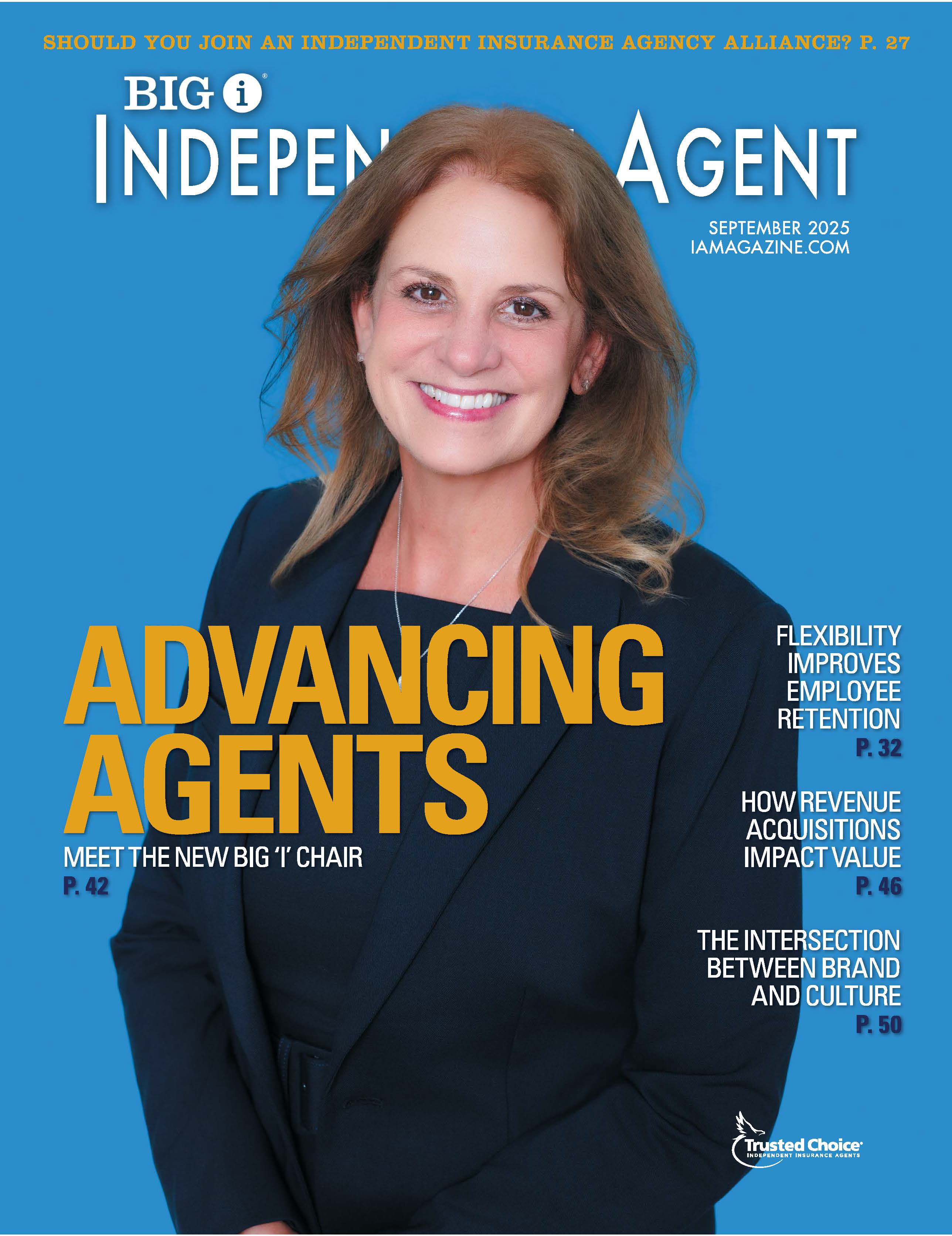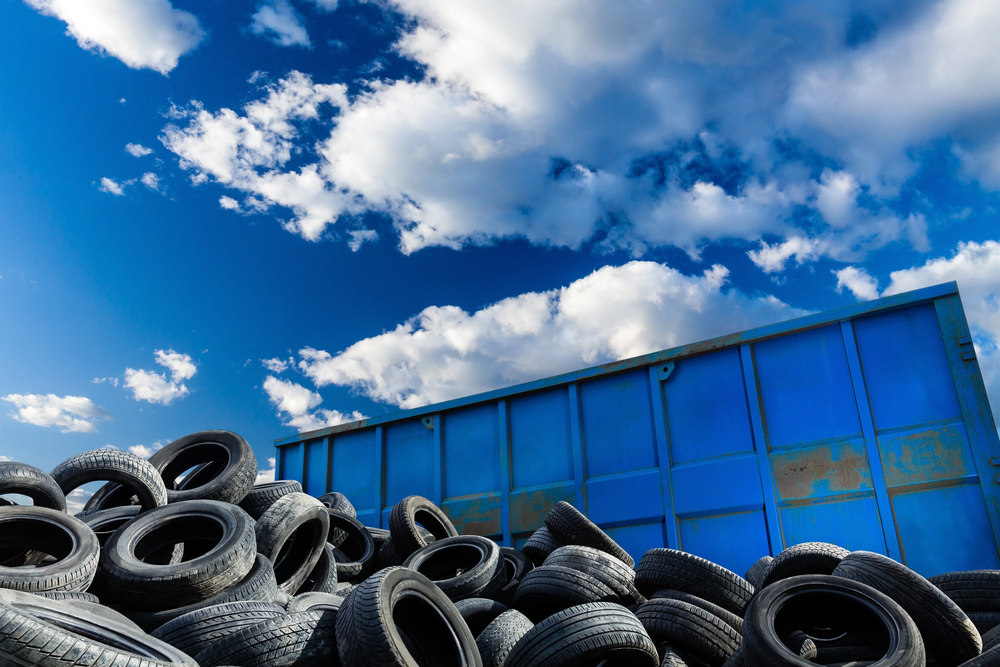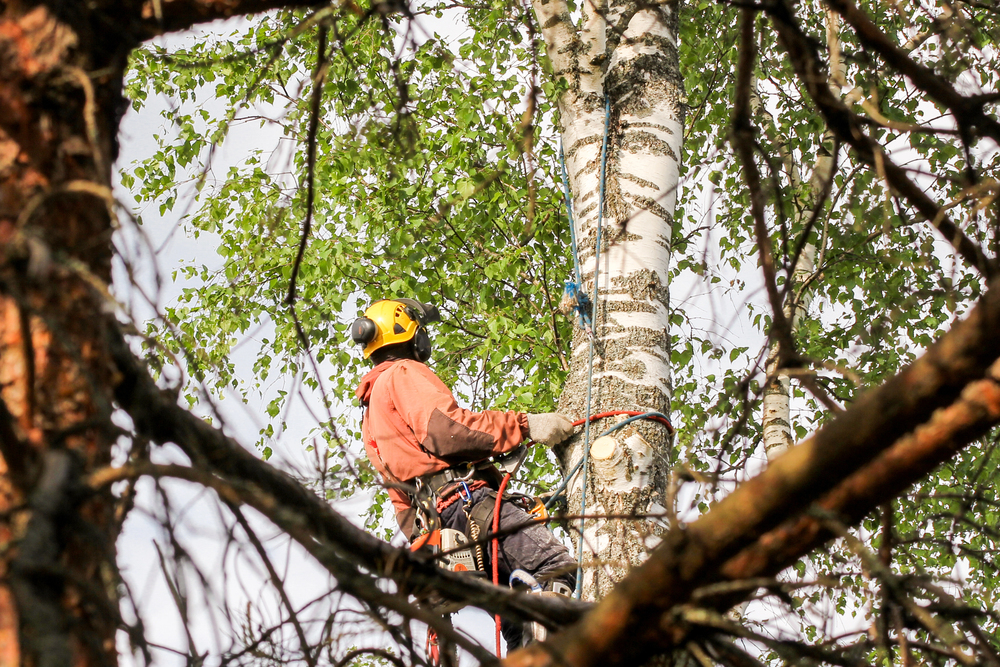Product Liability: How a Volatile Landscape Is Impacting Businesses

By: Olivia Overman
In 2022, 12.7 million people were treated in emergency departments for injuries resulting from consumer products, according to the National Safety Council. Most of these injuries were a direct result of using everyday products, including household cleaning products, workout equipment and even children being injured while playing with their toys.
The magnitude of injuries is being felt within the product liability market, where “product liability claims numbers have been steadily increasing over the last five years both in numbers of lawsuits and class actions,” says Terry Bolin, vice president, casualty claims for excess & surplus/specialty and commercial lines, Nationwide.
Additionally, “product liability exposures for businesses are increasing due to factors such as rising litigation costs, economic and social inflation, large jury verdicts, and increasingly frequent product recalls,” says Peter Burns, head of large and complex casualty solutions, The Hartford. “This has had an impact on pricing in the liability insurance market, and when combined with an uncertain economic outlook, labor and skill shortages, technology advancements, and continued supply-chain disruptions, this is creating a challenging market for clients, agents and insurers.”
Of the product liability claims that were tried and proceeded to verdict in 2020, the average personal injury product liability jury award of $7.1 million far exceeded the average for the runner-up award of $2.7 million for vehicular liability, according to the Insurance Information Institute (Triple-I).
Yet, capacity remains plentiful. “If I receive a product-liability-driven account, I know I’ve got markets. But if I get a residential builder looking for condominium construction coverage in Florida, it is much more challenging to find a market that’s going to write them,” says Gary Grindle, executive vice president, Amwins Brokerage. “We have our first-tier players for products liability coverage that are our go-to markets and then we also have many secondary markets for the more difficult placements.”
In essence, when a consumer uses a product, they have the right to expect not to be injured. However, if an injury does occur, product liability legal concepts hold designers, manufacturers, distributors or sellers of a product responsible. This liability can be based either on negligence or strict liability, meaning that manufacturers and sellers can be liable even if they did not intend or know about the defect.
By definition, a product liability claim under the manufacturing defect category alleges that there was a flaw in the manufacturing of the product, making the product unsafe. A claim of defective design is based on strict liability, with the plaintiff proving a product is defective and proving that there is a connection between the defendant, the product and the plaintiffs’ injury. Also, a marketing misrepresentation claim alleges that a seller or manufacturer of a product or service has made false or misleading statements about a product that has affected the consumer’s decision to buy or use it.
“The most common product liability cases are for manufacturing defects, which fall under the three long-standing pillars of design, defect and marketing misrepresentation,” Bolin says. “We are also seeing an increase in safety-related concerns among consumers and business owners, as well as a rise in product recall cases.”
Product recalls can also present a client with a financial crisis. “The most common recall in the food industry is an undeclared allergen,” says Scott Crump, assistant vice president, manufacturing and mercantile strategic business units, Selective Insurance. “A client may process some kind of peanut in their plant and then not declare it when making a product that doesn’t include peanuts. If they don’t declare it, then it’s a problem—those kinds of recalls happen pretty regularly.”
And, when it comes to manufacturing defect recalls, “there are usually a smaller number of products that are affected by recalls in general,” Crump says, but times are changing. In December 2023, Tesla announced it was recalling over 2 million vehicles in the U.S. to install new autopilot safeguards, after a federal safety regulator said the system posed safety concerns. Shares of the world’s most valuable automaker were down 3.4% immediately after the announcement.
While most carriers offer product recall coverage, “it is typically offered as an endorsement if they’re an ISO company, since the ISO product only offers an enhancement on the general liability policy form that is usually for a relatively modest limit,” Crump says.
Independent agents can play a key role in offering manufacturers, distributors or sellers of a product the protection and risk management tools they need to deal with the legal liability stemming from the use of a product, as well as its recall.
Agents can offer advice through their “understanding of where a policyholder is in the supply chain and the contractual risk assumed or passed to another party,” says Amy Gilmore, vice president, casualty underwriting performance for excess & surplus/specialty and commercial lines, Nationwide. “This is a valuable service that an independent agent can provide in the risk transfer process.”
“Being able to help the client identify where they have assumed risk in that chain, if the risk assumed is warranted or could be renegotiated, ensuring the language is clear on assumption of risk and then setting insurance limits and coverage consummate with the degree of risk assumed are valuable consulting services provided,” Gilmore says. “This guidance is especially valuable to organizations that are not able to retain their own risk management, supply management or legal teams or to know when it would be valuable to engage such services.”
Further, “one thing that is often overlooked is that environmental markets are players for products liability coverage,” Grindle says. “It’s very important that brokers and retail agents don’t forget to consider environmental market when they’ve got a products-driven account.”
The product liability marketplace is expected to continually grow as more products become part of the Internet of Things (IoT), “where wireless products interact through the internet collecting and exchanging data,” Burns says. “These products are present in our everyday lives, including smart refrigerators, watches, fire alarms, door locks and fitness trackers, and despite the benefits provided by these connected devices, the technology can potentially lead to increased exposures.”
Olivia Overman is IA content editor.










